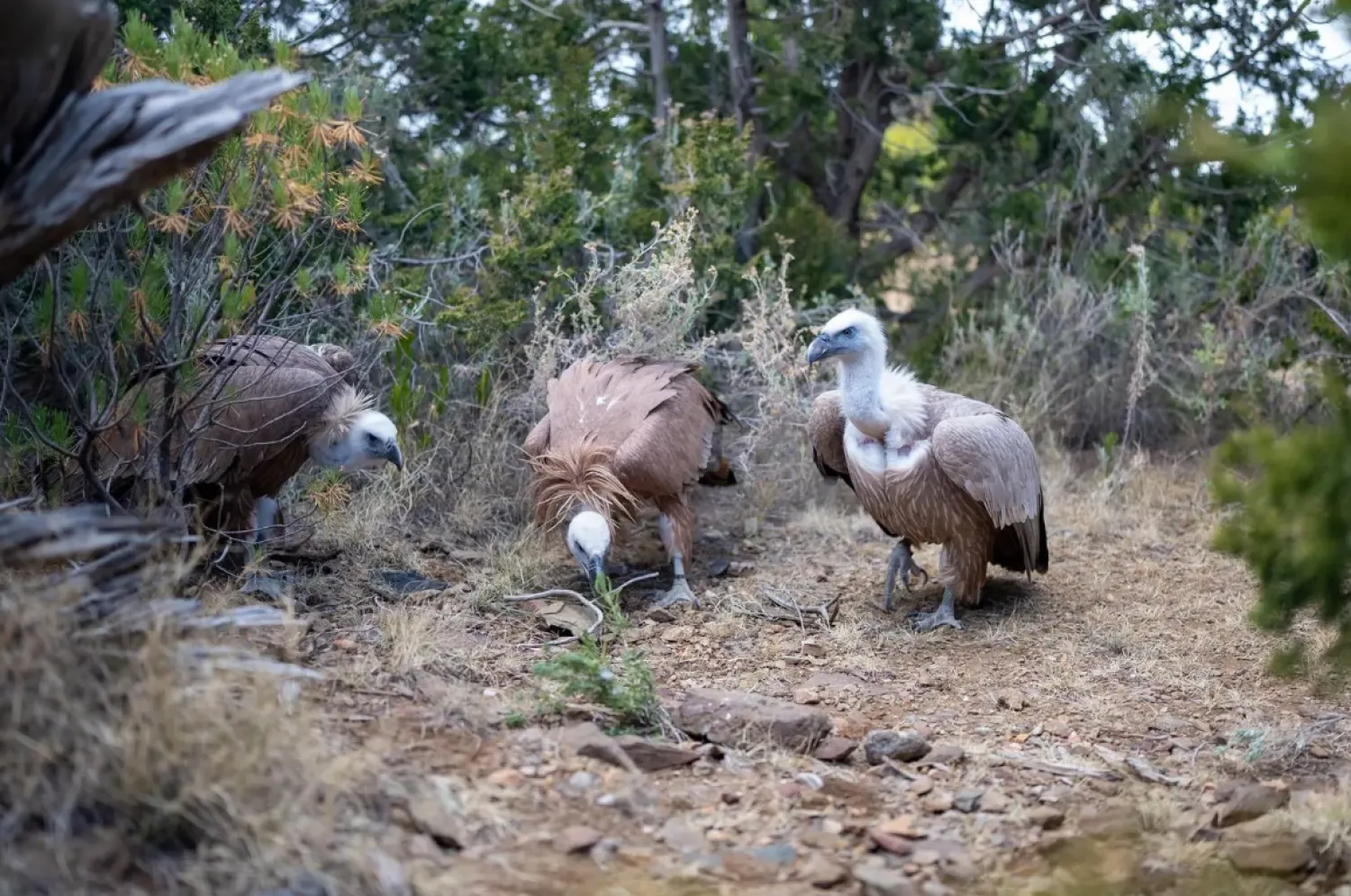An Australian aerospace firm said Friday it has scrubbed a historic attempt to send a locally developed rocket into orbit, citing a glitch in the nose cone protecting its payload -- a jar of Vegemite.
An electrical fault erroneously deployed the opening mechanism of the carbon-fiber nose cone during pre-flight testing, Gilmour Space Technologies said, according to AFP.
The nose cone is designed to shield the payload during the rocket's ascent through the Earth's atmosphere before reaching space.
The mishap happened before fueling of the vehicle at the company's spaceport near the east coast township of Bowen, about 1,000 kilometers (600 miles) up from the Queensland capital Brisbane.
"The good news is the rocket and the team are both fine. While we're disappointed by the delay, we're already working through a resolution and expect to be back on the pad soon," said chief executive Adam Gilmour.
"As always, safety is our highest priority."
Gilmour said the team would now work to identify the problem on its 23-meter (75-foot), three-stage Eris rocket, which is designed to send satellites into low-Earth orbit.
A replacement nose cone would be transported to the launch site in the coming days, he said.
Weighing 30 tons fully fueled, the rocket has a hybrid propulsion system, using a solid inert fuel and a liquid oxidizer, which provides the oxygen for it to burn.
If successful, it would be the first Australian-made rocket to be sent into orbit from Australian soil.
"We have all worked really hard so, yes, the team is disappointed. But on the other hand, we do rockets -- they are used to setbacks," said communications chief Michelle Gilmour.
"We are talking about at least a few weeks, so it is not going to happen now," she told AFP.
The payload for the initial test -- a jar of Vegemite -- remained intact.
"It's hardy, resilient, like Aussies," she said.
Gilmour Space Technologies had to delay a launch attempt the previous day, too, because of a bug in the external power system it relies on for system checks.
The company, which has 230 employees, hopes to start commercial launches in late 2026 or early 2027.
It has worked on rocket development for a decade, and is backed by investors including venture capital group Blackbird and pension fund HESTA.









